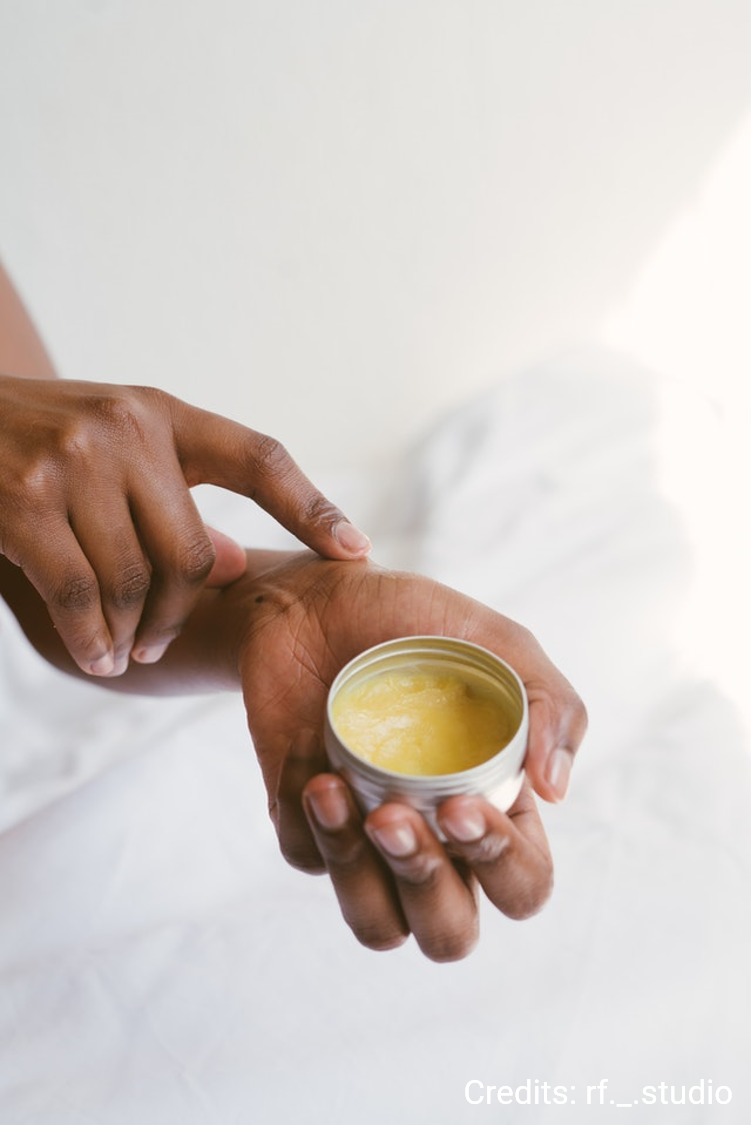Former Research Areas
Bioactive food ingredients
This research area investigated the impact of bioactive food ingredients on the genomic stability. Epidemiological findings could show an inverse association between the consumption of Brassicas and the occurence of tumors in several organs, being related to glucosinolates in Brassica vegetables, such as broccoli. Active components thereof are isothiocyanates, thiocyanates, and nitriles. One well studied example is sulforaphane. The potential protective effect against cancer can be traced back to an activation of the transcription factor Nrf2 and the subsequent activation of phase II enzyms of the xenobiotic metabolism as well as an induction of apoptosis. As the porposed mechanism of action is based on zinc release (from the regulatory protein Keap1), the question is raised whether zinc-bindings structures in proteins - which are essential for the genomic stability - get inactivated as well. Results of our research group could show that DNA repair is inhibited by higher concentrations of sulforaphane. This could be relevant with respect to possible dietary supplements.
Relevant contaminants in consumer goods and cosmetic products
Due to their consistency-giving properties, their low allergenic potential and their high skin tolerance, mineral oils are used in a variety of cosmetic products such as, lip care cosmetics, skin and hair care products, body lotions and baby oil. According to the EU cosmetics regulation (EU) No. 1223/2009, mineral oils are only permitted in cosmetics if the full refining history is known and the starting material is not carcinogenic, or if the distillate was tested using specific methods (BfR, 2018). Despite the high degree of refinement of the raw materials, cosmetics containing mineral oils have been recently criticized for containing substances analogous to polycyclic aromatic hydrocarbons (PAHs), whereof some are known carcinogens.
Furthermore it is known that mineral oils extracts are increasingly absorbed into UV-irradiated skin. Due to the formation of redox-active quinones, the photolytic fragmentation of aromatic compounds and the increased dermal membrane permeability, some severe cell damage can occur.
In cooperation with the central laboratory for cosmetic products of the Chemical and Veterinary Research Office (CVUA) Karlsruhe, MOAH fractions are obtained using complex separation processes (LCxGC). The extracts are then tested for their (photo) toxic potential on human keratinocytes. Various cytotoxicity studies, gene expression analyzes and mutagenicity tests are available for evaluating possible adverse effects of aromatic mineral oil hydrocarbons on human skin.


